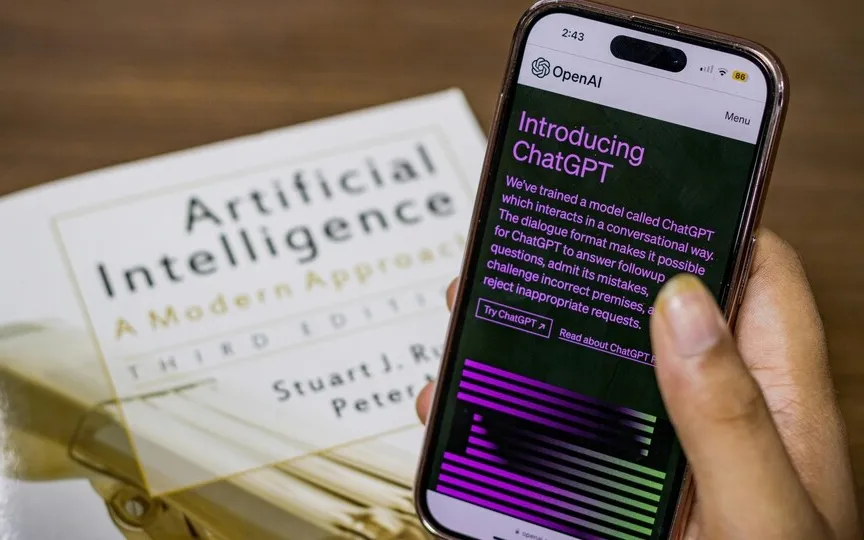ChatGPT: Talk to Us Now – Discover 5 Amazing Use Cases!
OpenAI made an announcement in September regarding the addition of new features to ChatGPT, a widely used chatbot powered by generative artificial intelligence. These enhancements included speech and image analysis, enabling the chatbot to possess the abilities of “seeing, hearing, and speaking.” Consequently, users could engage with the AI platform in a more natural manner, facilitating conversations and creating a completely novel interface. Now, let’s explore the top 5 use cases for utilizing this feature in ChatGPT.
But before that, you should know that this feature is only available for paid users of ChatGPT. Also, while the chatbot can’t natively convert speech to text, which is necessary for you to have an actual conversation with it where you’re both using only the medium of speech, the company offers an open-source speech recognition system called Whisper. extension for transcribing spoken words into text.
1. Accessibility use case
Thanks to the chat feature, ChatGPT can enable people with reduced mobility or vision impairment to access information and services easily through voice interaction. Speech-based ChatGPT can help, for example, in reading e-mails, dictating documents and doing web searches. So if you get a new email or message, you can ask it to read it for you and you can know the content. You can also ask it to draft a response and let it read it to you so you can easily respond.
2. Storytelling and language learning
One of the biggest advantages of a fully spoken conversation is that you can use it for both learning and recreational purposes. It can be a perfect bedtime story for children who love to hear new stories every day before bed. Similarly, ChatGPT can be very useful if you are learning a new language and want to practice it with someone. A chatbot with the Whisper extension ensures that you never run out of someone to talk to and improves your language learning.
3. Recipes
The feature can significantly improve the cooking experience by providing audible step-by-step instructions, allowing users to focus on the task at hand without the constant need for a written recipe. This feature is especially useful for visually impaired people or those who find it challenging to follow written instructions when cooking. In addition, the ability to listen to recipes hands-free promotes a more immersive and enjoyable cooking experience.
4. Live translation
Another great way to use this tool is through translation. If you’re visiting a non-English speaking country or chatting with someone who doesn’t speak your language, you can simply open ChatGPT and ask it to listen to the person and translate what they’re saying.
5. Education and teaching programs
This feature is handy for those who want verbal instructions for a task, such as an exercise or a DIY project, because they don’t have to watch the steps over and over again, but can ask ChatGPT to guide them verbally.




